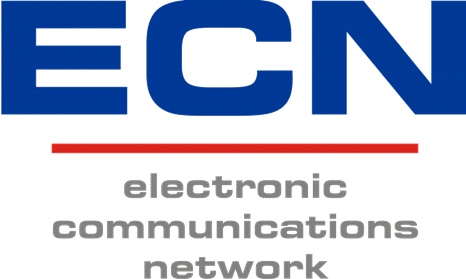Although government’s initial plans of rolling out fibre optic cables throughout South Africa by 2020 have not yet been fully realised, there have been significant inroads made in the provision of fibre to homes and businesses. Globally, the move from traditional copper cables to fibre has been happening for several years now, and we are seeing some of the associated benefits of the enhanced speeds and reliability of this particular internet connection. Here are some of the fibre trends we can expect to see going into 2020.
Fibre Trends 2020
1. Price decreases
As business fibre becomes readily available, more companies are able to provide internet connectivity using fibre cables and the price of use decreases. This means that fibre and business fibre is probably the most expensive it is ever likely to be, with significant price drops expected in 2020. The lower the price, the more prevalent business fibre optic will become which means better internet connectivity overall.
2. Enhanced speeds
One of business fibre’s biggest selling points is the enhanced speeds associated with this form of internet connectivity. As demand for fibre increases, the higher the speed will become as there will be more options available for consumers. Currently speeds are around 50 to 200 Mbps but this could go up to 1 Gbps.
Read more: Which is faster for business, fibre or LTE?
3. Advanced medical treatments
One of the areas likely to benefit from improved fibre connectivity is the medical sector. As fibre optic technology advances, the medical industry has increased its use of fibre for illumination, image transfer and laser signal delivery. In 2020, we can expect to see more advances in this realm, particularly with treatments of wounds and tumours.
4. Enhanced flight experience
Commercial flights will also see the benefits of fibre connectivity in the upcoming years, as it enables improvements in entertainment and passenger WiFi without compromising the complex electrical data systems on aircrafts. No more ‘in-flight mode’ needed!
5. Rise in smart buildings
Better internet connectivity means the growth of the Internet of Things so we can expect to see more personal devices connected to the internet and the establishment of more smart buildings. It was estimated that the number of devices connected to the internet in 2015 was 18.2 billion – by next year that’s anticipated to increase to 50 billion.
Read more: How much fibre does your business actually need?
6. Movement to cloud storage
Fibre is also bringing with it a move over to cloud-based storage for most businesses. This means massive amounts of data stored in the cloud, freeing up office space and enhancing data use across companies.
Fibre is going to replace traditional internet options over time and, in doing so, will bring ever more technological advances and improvements to everyday living. With 2020 a target for South Africa, we can expect great leaps in the provision of fibre, which can only be beneficial to the economic growth of the country.
ECN is a leading telecommunications partner in South Africa. ECN offers a broad set of cost effective voice, data and hosted services to meet our customers ever growing technological needs. Our market leading business fibre solutions provide our customers with the option of replacing their existing voice service provider to substantially reduce their monthly telecommunications bill. Contact ECN today for leading telecommunications solutions.


